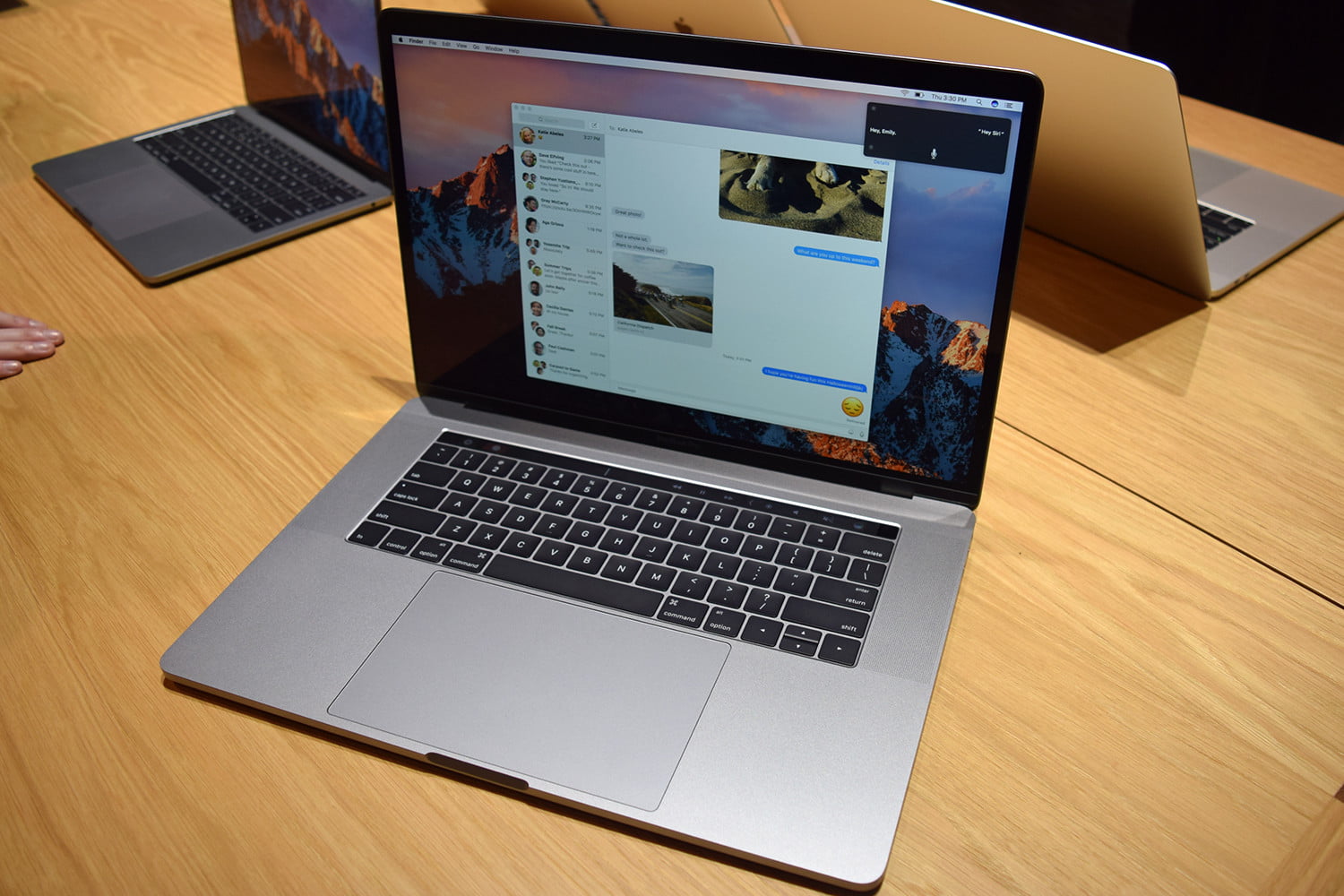 2993
2993
 2018-07-25
2018-07-25

A recent benchmark showed Intel’s Core i9-8950HK processor installed in Apple’s latest 15-inch MacBook Pro experienced severely throttling. At that time, it was presumed that the issue was a result of cooling design and the laptop’s slim case. Apple has since confirmed the issue, and noted that the problem stems from a software glitch and is not related to the MacBook Pro’s design. The company promised that its fix has been delivered as part of the MacOS High Sierra 10.13.6 update, which was just made available.
“Following extensive performance testing under numerous workloads, we’ve identified that there is a missing digital key in the firmware that impacts the thermal management system and could drive clock speeds down under heavy thermal loads on the new MacBook Pro,” Apple said in a statement to TechCrunch. “A bug fix is included in today’s MacOS High Sierra 10.13.6 Supplemental Update and is recommended.”
Prior to Apple’s confirmation, there were a number of different theories as to why performance was being held back. One Redditor claims that the throttling issue was caused by regulating voltage provided to Intel’s CPU. Called the voltage regulator module, this component is mounted on a PC’s motherboard and ensures that the processor is getting the correct amount of voltage. It’s a required component to support multiple processors with different levels of power requirements, so if you swap out a processor using a new chip with a different power requirement, the voltage regulator module adjusts the voltage accordingly.
According to the theory, the Core i9’s performance supposedly has nothing to do with heat, but power throttling by this module. At its current setting, the voltage regulator module “maxes out” due to overheating, which signals the motherboard to lower the processor’s speed of a minimum of 800MHz. Remember, this chip has a base speed of 2.9GHz. Once the voltage regulator model cools down, the processor begins to consume more energy to reach its proper speeds. But as it launches up into its turbo speeds – a maximum of 4.8GHz — the cycle repeats again.
Even though theories like this suggest Apple’s solution might not entirely solve the problem, it’s advisable that people try out the software patch and test the results.
Source: digital trends